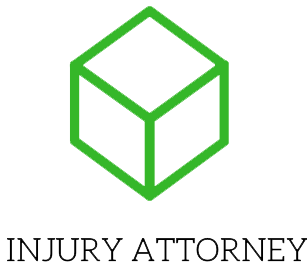Should Home Elevators Be Recalled?
Crush injuries in home elevators are causing safety attorneys to campaign for a product recall
Although we don’t hear of elevator injuries as often as we hear of other types of injuries, a current report in The Washington Post Discusses a recent trend of accidents involving elevators at home that have left many people with crushing injuries. Despite these serious accidents, the US Consumer Product Safety Commission (CPSC) has not requested any Security recall. As a result this dangerous products remain in use and consumers could be seriously injured. According to the report, “up to half a million home elevators could lock children, but the CPSC has not mandated a simple solution.”
Children are among the most common victims of home elevator accidents resulting in crushing injuries. The report describes an incident on Thanksgiving in 2019 when a boy was pinned under an elevator. According to the report, “his face turned blue” but his family could not rescue him. The home elevator was installed for the boy’s grandmother, who is partially paraplegic.
And the accident could have been avoided. The report states that the elevator industry was aware of this type of risk, as were federal safety regulators. Federal security agencies “… had known for years that young children were injured and killed after they were accidentally wedged between the inside and outside doors of a residential elevator and their tiny bodies were crushed while moving the elevator car.” federal government and the elevator industry “on one simple way to prevent these accidents: a $ 100 stake to fill the gap.” However, the CPSC declined to do a product recall or oblige elevator companies to fix the problem. While the CPSC posted a safety alert about the risks associated with home elevators, consumer safety advocates argue that the measure was insufficient to prevent injury.
Over the past four decades, at least eight young children have been fatally injured in these elevators and at least two others have suffered serious non-fatal injuries. However, security experts suspect that the number is “significantly higher”. There are currently 300,000 to 500,000 residential elevators installed in homes and other buildings in the United States, presenting this serious risk of crush injuries. While some elevator companies have agreed to revise future elevator models to avoid the hazard, there is no clear-cut solution for the products currently installed.
Basic information on product liability and safety defects
In general, there are three different types of product defects that a person can potentially file one for Product liability Legal action:
- Design flaws;
- Manufacturing defects; and
- Marketing mistake.
Design defects are those where there is a design defect in the product, while manufacturing defects are those where a defect occurs during the manufacturing phase. Marketing mistakes are a little different. With this type of defect, the company provided incorrect information about the product or failed to warn consumers of the risks associated with the product. When it comes to marketing errors, companies need to warn not only of risks associated with the intended use of the product, but also of risks associated with foreseeable uses of the product. Claims for elevator faults in connection with the aforementioned injuries can lead to product liability claims. If you or your child was injured in a home elevator, speak to a Product liability attorney about your case.
